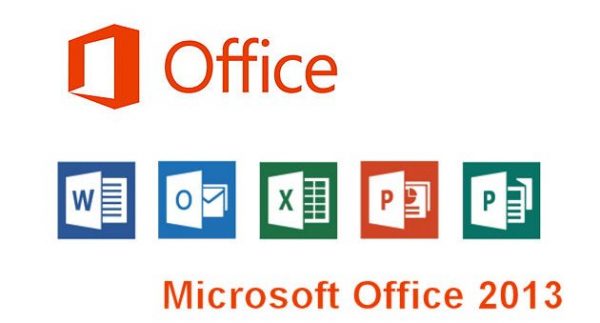The Microsoft team announced that they would no longer be releasing feature updates for Microsoft Office 2013. Apart from that, Office 2013 client applications and language packs will no longer be available from the Office 365 self-service portal and Admin Center, effective since February 28.

This decision comes as a normal announcement from the company as it plans to focus on its latest Office 2016. Office 2016 will work only with mail servers that are Microsoft Exchange Servers 2007 or later. This support limit applies to all subscriptions of Office 2013 – Office 365 Pro Plus, Small Business Premium, Business, Project Pro, and Visio Pro. All feature updates to these subscriptions will cease, but critical security updates will continue till April 10, 2018. Despite that, Microsoft advises on making the change to avoid any future incompatibilities.
Effective since February 28, Office 2013 client applications and language packs will no longer be available from the Office 365 self-service portal and Admin Center. On top of that, Microsoft will no longer release feature updates for Office 2013 and will focus solely on upgrading the recent 2016 version, posted a Microsoft Sales Specialist on LinkedIn.
For migrating to Office 2016, Microsoft has a minimum system requirement checklist; it requires a 1 GHz processor, 2GB RAM, 3GB of free hard disk space, Windows 7 and later, and a screen resolution of 1280×800. To make the transition process smoother, Microsoft offers FastTrack migration, a service providing organizations with the tools to help them make a move from one Office version to another.
As is with every Office version, the interface on the Office 2016 is quite different compared to the one on Office 2013. It thus becomes a tough task for all employees in the business to cope up with the change, each doing it at their own pace.
Office 2016 has a number of upgrades over its predecessor. One of the exciting new features is TellMe. It is a smart command software that takes you to your desirable task between all Office components – Word, Excel, Powerpoint et al. It also offers OneDrive cloud storage that lets you save your files and switch from one device to the next without missing a beat. Office apps pick up right where you left off, regardless of the device you were using.
what is the fate of office 2010 then????
I’m guessing Office 2010 will continue to recieve updates as it’s more popular.
hope thats the case